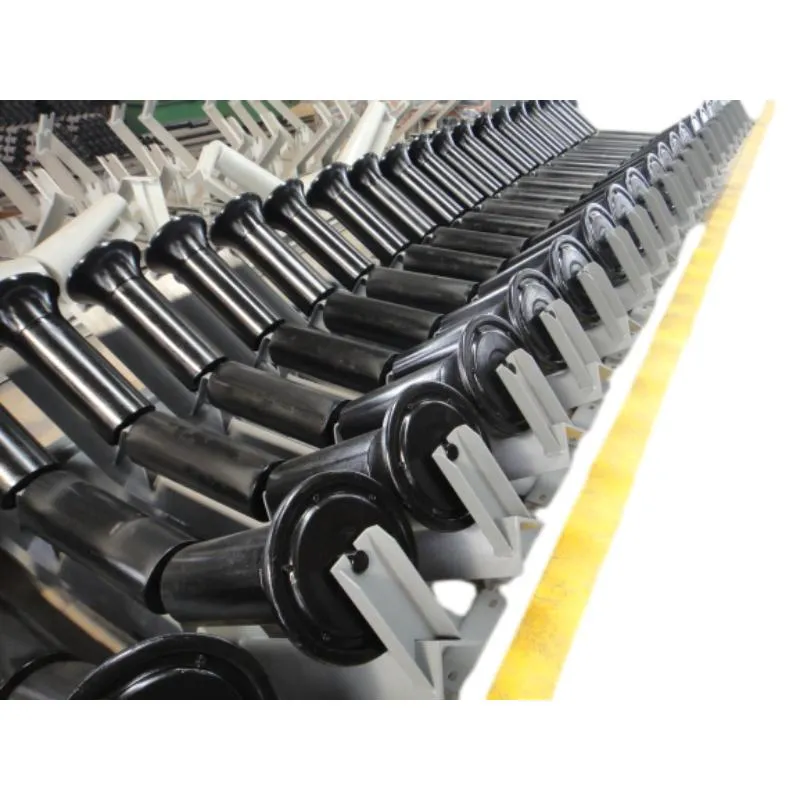 Afrikaans
Afrikaans  Albanian
Albanian  Amharic
Amharic  Arabic
Arabic  Armenian
Armenian  Azerbaijani
Azerbaijani  Basque
Basque  Belarusian
Belarusian  Bengali
Bengali  Bosnian
Bosnian  Bulgarian
Bulgarian  Catalan
Catalan  Cebuano
Cebuano  Corsican
Corsican  Croatian
Croatian  Czech
Czech  Danish
Danish  Dutch
Dutch  English
English  Esperanto
Esperanto  Estonian
Estonian  Finnish
Finnish  French
French  Frisian
Frisian  Galician
Galician  Georgian
Georgian  German
German  Greek
Greek  Gujarati
Gujarati  Haitian Creole
Haitian Creole  hausa
hausa  hawaiian
hawaiian  Hebrew
Hebrew  Hindi
Hindi  Miao
Miao  Hungarian
Hungarian  Icelandic
Icelandic  igbo
igbo  Indonesian
Indonesian  irish
irish  Italian
Italian  Japanese
Japanese  Javanese
Javanese  Kannada
Kannada  kazakh
kazakh  Khmer
Khmer  Rwandese
Rwandese  Korean
Korean  Kurdish
Kurdish  Kyrgyz
Kyrgyz  Lao
Lao  Latin
Latin  Latvian
Latvian  Lithuanian
Lithuanian  Luxembourgish
Luxembourgish  Macedonian
Macedonian  Malgashi
Malgashi  Malay
Malay  Malayalam
Malayalam  Maltese
Maltese  Maori
Maori  Marathi
Marathi  Mongolian
Mongolian  Myanmar
Myanmar  Nepali
Nepali  Norwegian
Norwegian  Norwegian
Norwegian  Occitan
Occitan  Pashto
Pashto  Persian
Persian  Polish
Polish  Portuguese
Portuguese  Punjabi
Punjabi  Romanian
Romanian  Russian
Russian  Samoan
Samoan  Scottish Gaelic
Scottish Gaelic  Serbian
Serbian  Sesotho
Sesotho  Shona
Shona  Sindhi
Sindhi  Sinhala
Sinhala  Slovak
Slovak  Slovenian
Slovenian  Somali
Somali  Spanish
Spanish  Sundanese
Sundanese  Swahili
Swahili  Swedish
Swedish  Tagalog
Tagalog  Tajik
Tajik  Tamil
Tamil  Tatar
Tatar  Telugu
Telugu  Thai
Thai  Turkish
Turkish  Turkmen
Turkmen  Ukrainian
Ukrainian  Urdu
Urdu  Uighur
Uighur  Uzbek
Uzbek  Vietnamese
Vietnamese  Welsh
Welsh  Bantu
Bantu  Yiddish
Yiddish  Yoruba
Yoruba  Zulu
Zulu Understanding the Role of a Drive Belt Idler in Engine Performance
Understanding Drive Belt Idlers Function, Importance, and Maintenance
The drive belt idler is a crucial component in the engine systems of many vehicles, playing a significant role in the overall functionality and efficiency of an automobile. These small yet integral parts help guide and tension the serpentine belt that drives various engine accessories, including the alternator, power steering pump, air conditioning compressor, and water pump. Understanding what drive belt idlers are, how they work, and how to maintain them can help vehicle owners ensure their cars run smoothly and avoid potential breakdowns.
What is a Drive Belt Idler?
At its core, a drive belt idler is a pulley that helps maintain the proper tension and alignment of the serpentine belt. The serpentine belt is a single, continuous belt that winds around several pulleys to power multiple accessories in the engine. The idler pulley aids in keeping this serpentine belt taut, preventing it from slipping or becoming misaligned. This is essential for efficient power transfer from the engine to the accessories.
Drive belt idlers are typically made of durable materials such as metal or reinforced plastic, and they are designed to withstand the heat and stress generated within the engine compartment. Some idlers come with built-in bearings to allow for smooth rotation and minimize friction as the serpentine belt moves around them.
The Importance of Drive Belt Idlers
The importance of drive belt idlers cannot be overstated. Without them, the serpentine belt may suffer from excessive wear and tear, leading to a malfunctioning accessory or, worse, a complete engine failure. A failing idler can cause
1. Belt Slippage A worn or malfunctioning idler may not apply adequate tension on the belt, causing it to slip. This can result in erratic performance of engine accessories, leading to issues such as dimming lights when the alternator isn't effectively generating power.
2. Belt Misalignment If the idler is not functioning properly, the serpentine belt can become misaligned. This misalignment can create uneven wear on the belt and cause it to fray or break.
3. Noise Issues A failing idler can produce squeaks or squeals, indicating that the bearings are worn out or that the pulley is misaligned. These sounds can be early warning signs that further damage may be imminent.
Signs of a Failing Drive Belt Idler
drive belt idler

An important part of vehicle maintenance is recognizing the signs of a failing drive belt idler. Some common symptoms include
- Unusual Noises As mentioned earlier, odd noises coming from the engine bay, particularly high-pitched squeals or grinding sounds, can indicate an issue with the idler or the serpentine belt.
- Belt Wear Inspecting the serpentine belt for signs of wear, such as cracks, fraying, or glazing can help identify whether the idler pulley is functioning correctly.
- Poor Accessory Performance If you notice that accessories are not working as they should (e.g., the alternator is not charging the battery effectively), it may be time to investigate the condition of the drive belt system.
Maintenance of Drive Belt Idlers
Regular maintenance can extend the life of the drive belt idler and prevent unforeseen breakdowns. Here are some tips for maintaining these components
1. Routine Inspections Regularly check the serpentine belt and idler pulley for signs of wear and tear. Look for any obvious issues like fraying or cracking.
2. Listen for Noises Pay attention to any unusual noises coming from the engine. If you hear anything out of the ordinary, have it checked immediately.
3. Follow Service Intervals Adhere to the manufacturer's service intervals for replacing the serpentine belt and inspecting the idler pulleys. Typically, serpentine belts should be replaced every 60,000 to 100,000 miles, depending on the make and model of the vehicle.
4. Professional Assistance When in doubt, consult a mechanic. They can provide a thorough inspection and help identify any emerging issues before they become serious problems.
In conclusion, the drive belt idler plays a vital role in the functioning of your vehicle's engine accessories. By understanding its functions, signs of failure, and maintenance tips, vehicle owners can ensure their cars remain reliable and efficient for years to come. Regular attention to this small but significant component can save drivers time and money and enhance the overall driving experience.
-
Revolutionizing Conveyor Reliability with Advanced Rubber Lagging PulleysNewsJul.22,2025
-
Powering Precision and Durability with Expert Manufacturers of Conveyor ComponentsNewsJul.22,2025
-
Optimizing Conveyor Systems with Advanced Conveyor AccessoriesNewsJul.22,2025
-
Maximize Conveyor Efficiency with Quality Conveyor Idler PulleysNewsJul.22,2025
-
Future-Proof Your Conveyor System with High-Performance Polyurethane RollerNewsJul.22,2025
-
Driving Efficiency Forward with Quality Idlers and RollersNewsJul.22,2025





























